Portable dining facilities have many benefits over brick-and-mortar buildings, including reduced construction and maintenance costs.
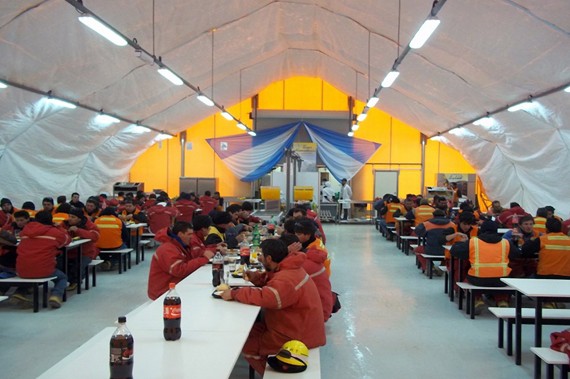

Portable dining facilities have many benefits over brick-and-mortar buildings, including reduced construction and maintenance costs.
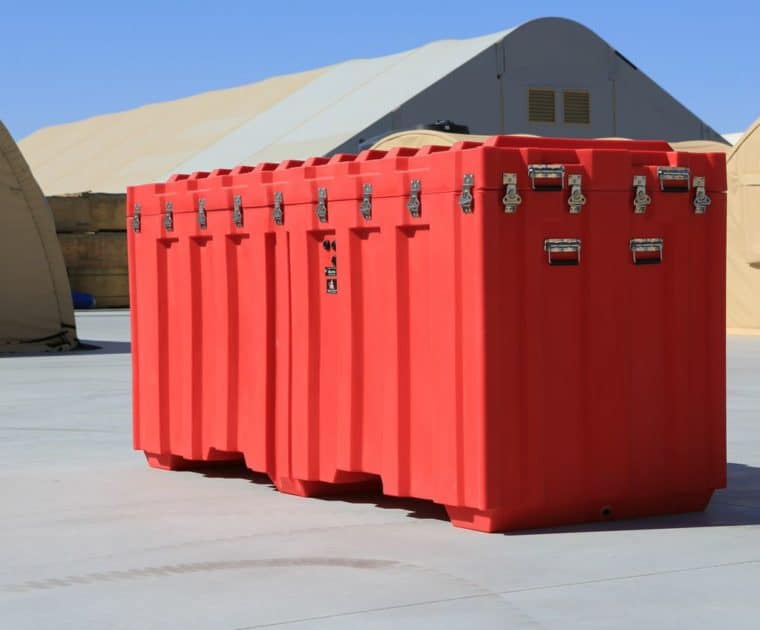
In addition to high-performance fabric buildings, Alaska Structures also makes shipping containers to help facilitate fast, easy shipments.
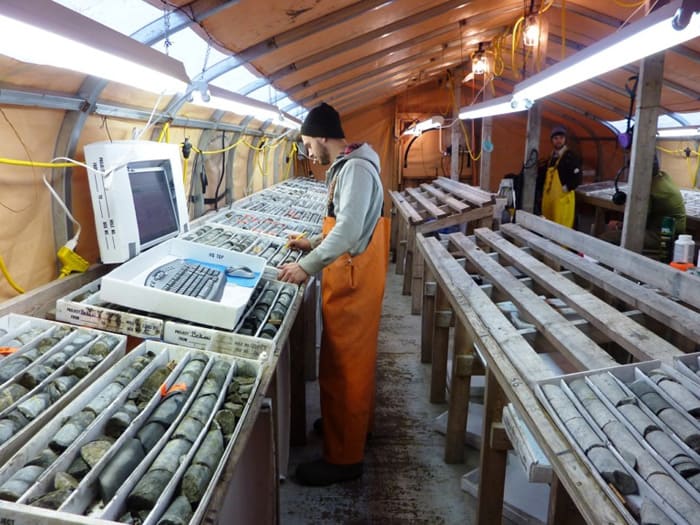
Alaska Structures’ tensile fabric structures are engineered for extreme weather conditions to support research facilities in inclement weather.
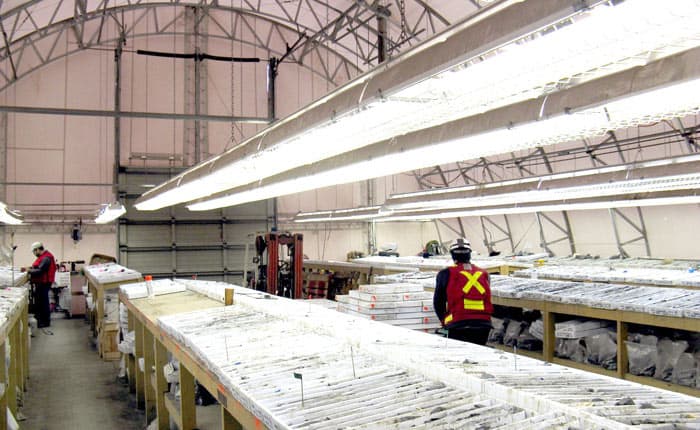
Whether you need a large core storage facility or a portable core shack, Alaska Structures can custom-design the perfect structure.
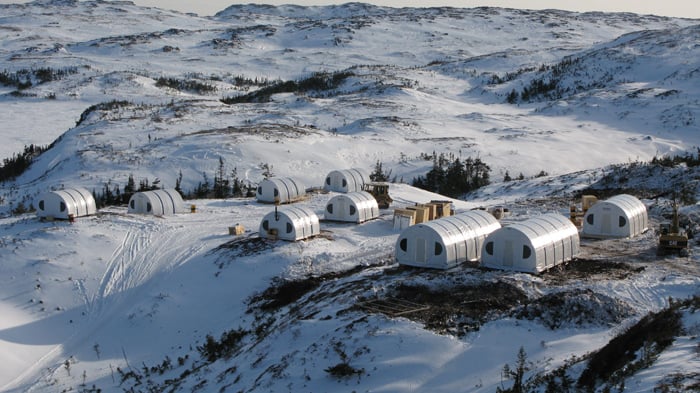
Alaska Structures offers fabric buildings for sale that are uniquely suited for a wide range of commercial, governmental and industrial applications.|Alaska Structures offers fabric buildings for sale that are uniquely suited for a wide range of commercial, governmental and industrial applications.
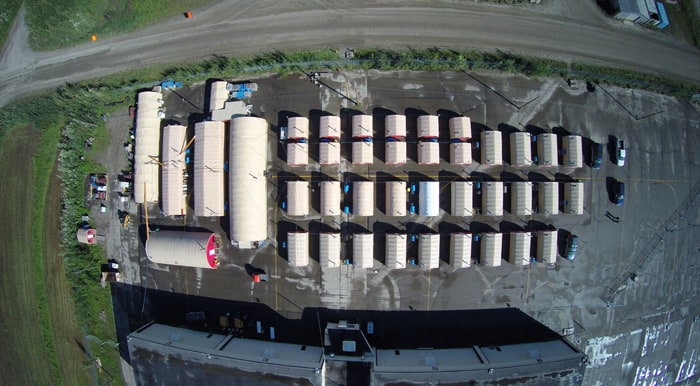
Promote the well-being of your man camp workers with these health and safety best practices.
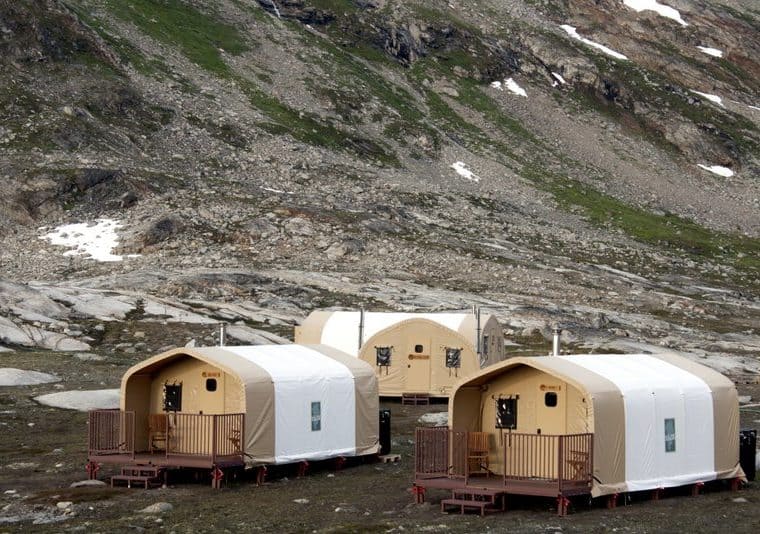
Determine whether engineered fabric structures or site trailers are best for your remote mining, oil & gas, or construction operation.
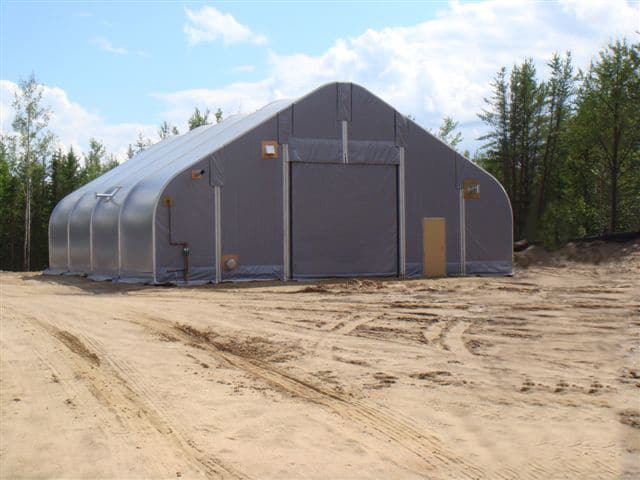
Learn more about environmental remediation efforts and the advantageous structures to support these efforts in this article, which outlines the benefits of Alaska Structures’ highly durable and long-lasting engineered fabric building solutions for commercial uses.
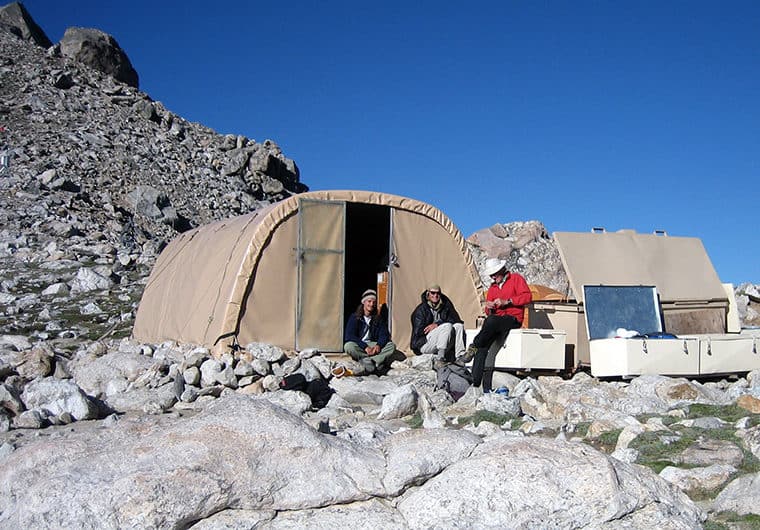
Initiatives and measures for the cleanup and environmental impact reduction of oil and gas exploration are gaining traction, and are largely voluntary.
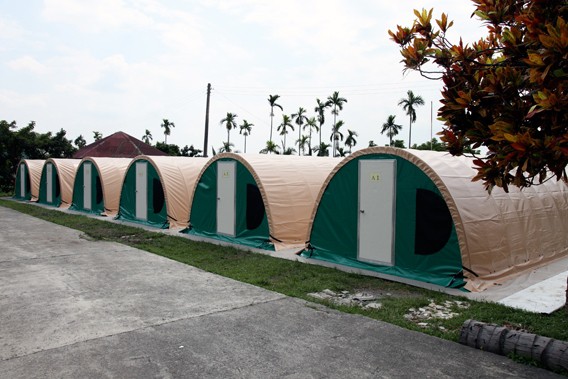
Quonset Huts got their first use in navy operations during World War II. Named for the Naval Air Station where the hut first appeared, it can serve a variety of purposes today. These hooped buildings serve housing needs, workshops, mining operations and research camps, and more. There is a variety of benefits to using Quonset Huts in private and public business operations. These benefits include cost savings, flexible design, customization, durability, easy and fast set up, and effective use of space. In addition to operational benefits, these huts have less environmental impact than traditional buildings. Alaska Structures designs huts that will maximize energy efficiency and eliminate wastes.
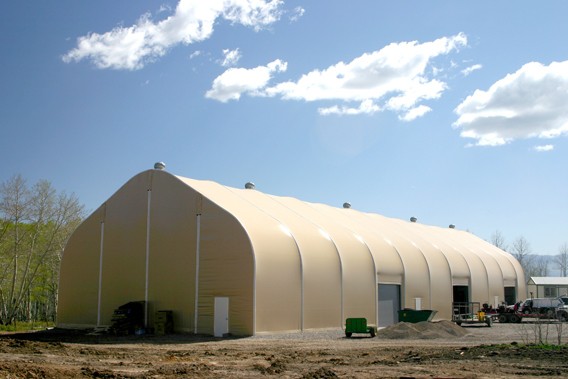
Versatile, strong, and portable, tension fabric buildings present many advantages over similar-sized wood, metal, pole, and other traditional structures.
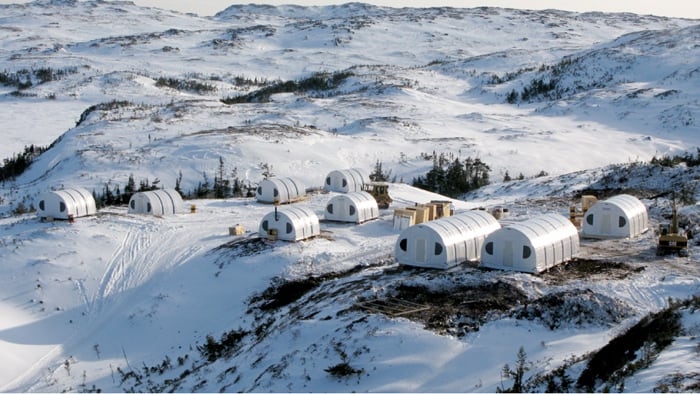
Geophysical exploration helps us learn more about the earth, and helps us find and secure resources for our everyday lives. These expeditions take place in some of the harshest areas and require strong structures for storage, operations and housing. Building on site could be very costly, but there is a way to limit costs. By using fabric structures, operational costs reduce because the structures are energy efficient, lower cost, and long-lasting. These structures have long lives and a good investment for multiple operations. Alaska Structures has tested designs for such long-lasting fabric structures, providing solutions to help improve these expeditions.